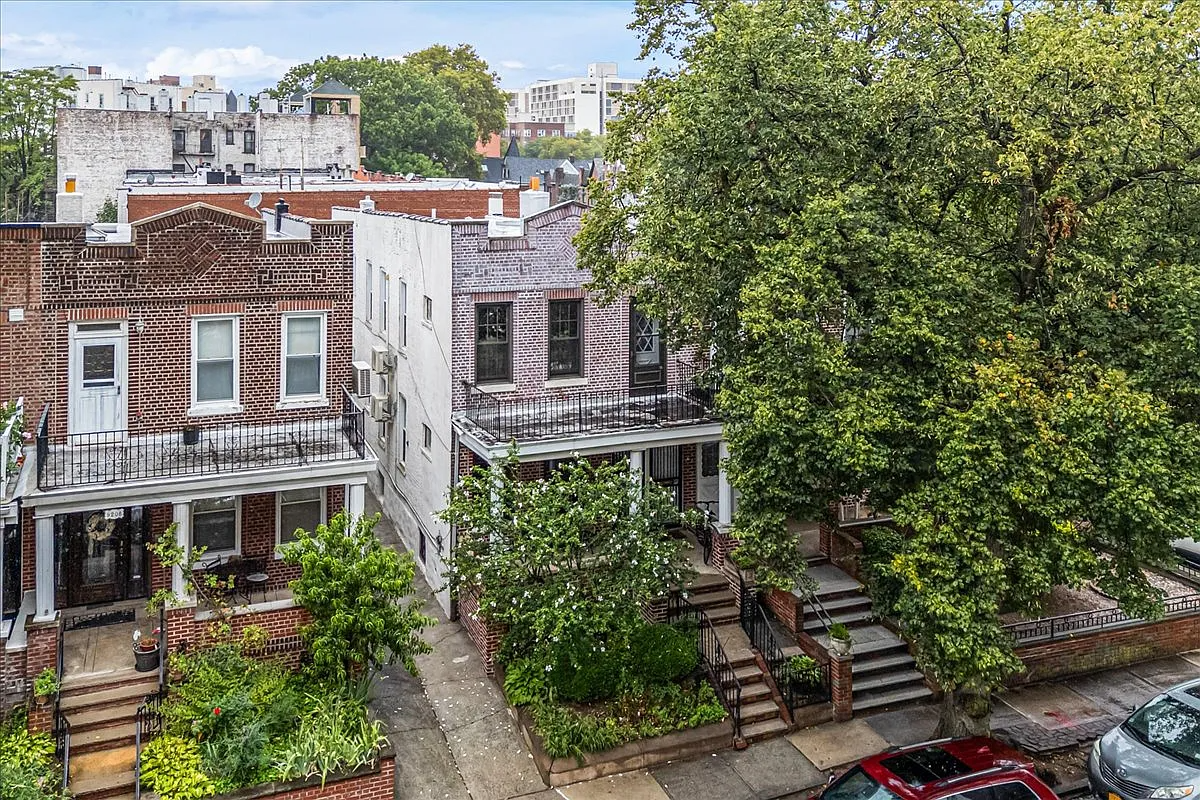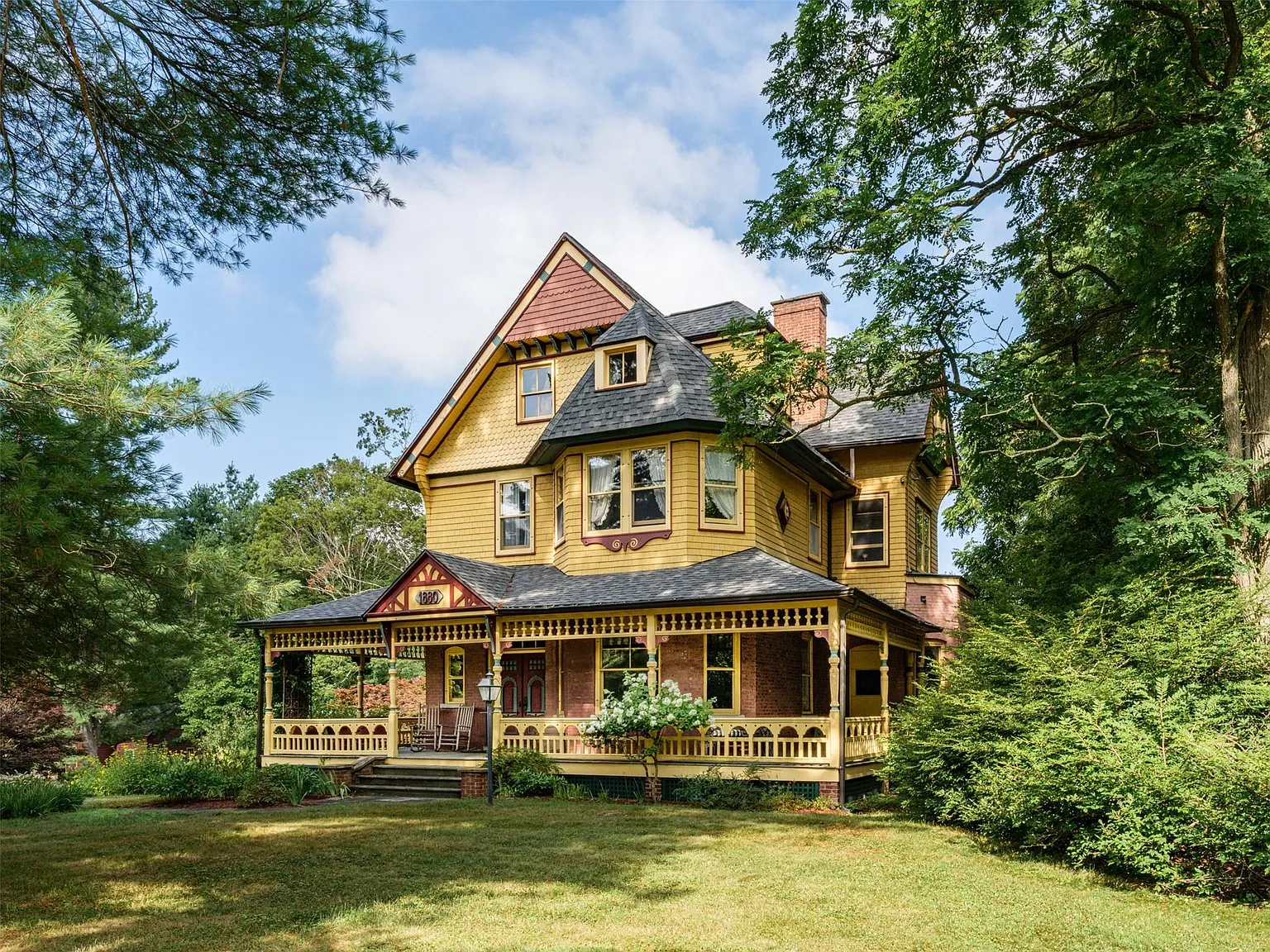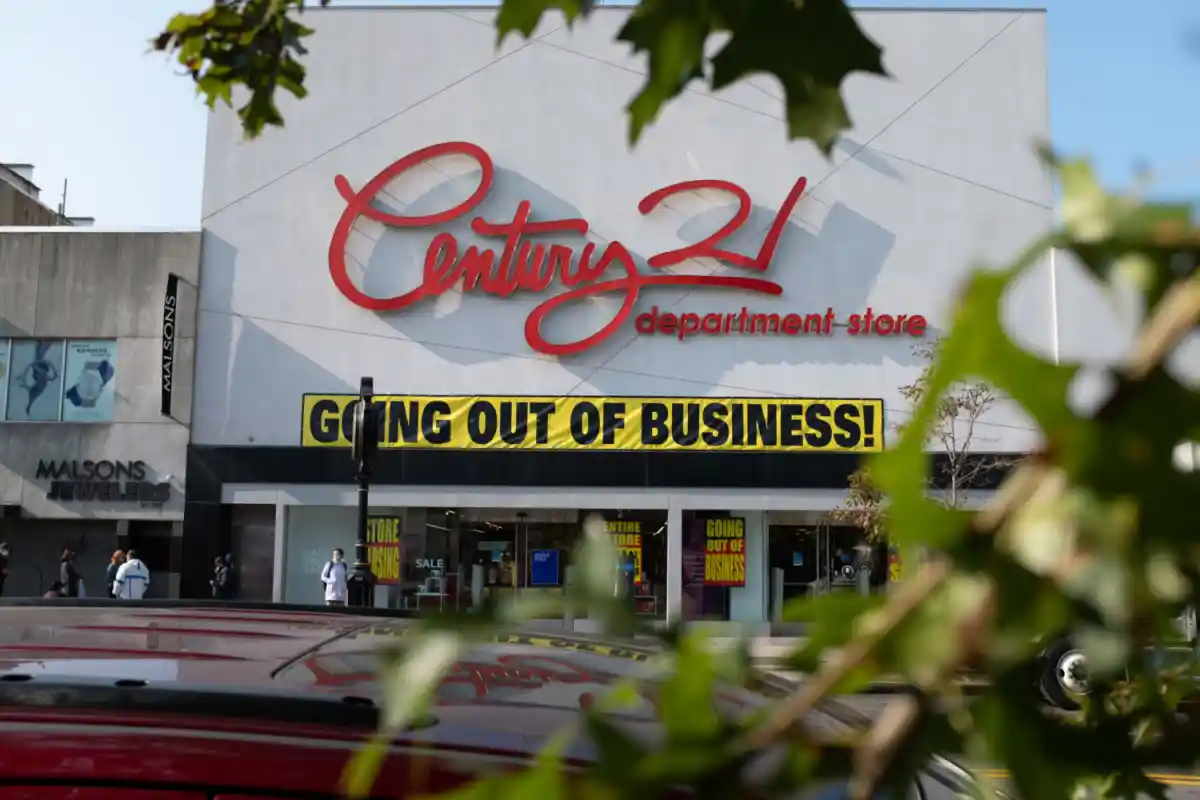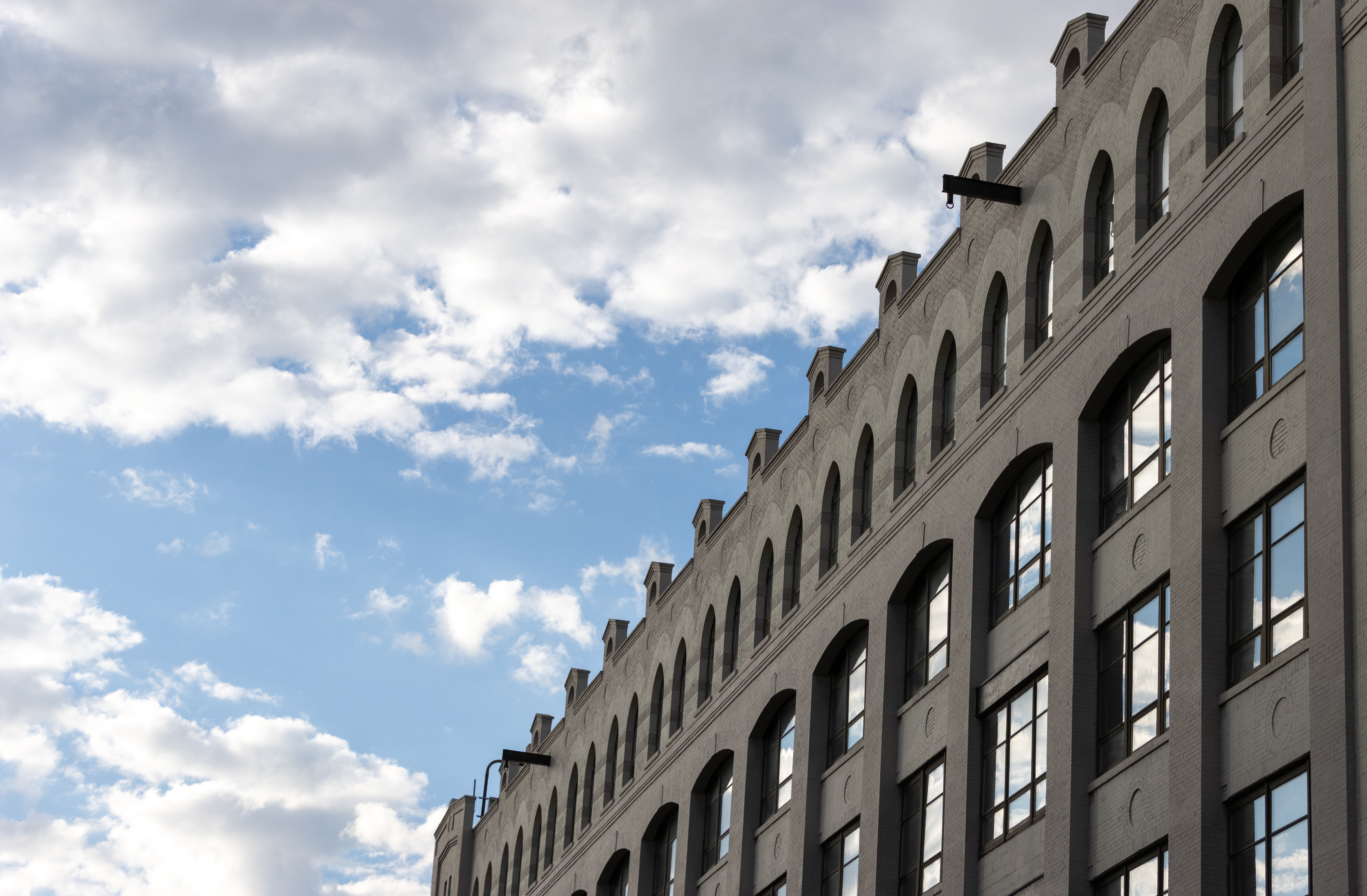Open House Picks
Boerum Hill 243 Dean Street Cobble Heights Realty Sunday 1-4 $2,595,000 GMAP P*Shark Stuyvesant Heights 404 Stuyvesant Avenue Halstead Sat 12-2, Sun 12-2 $1,475,000 GMAP P*Shark Victorian Flatbush 2119 Albemarle Terrace Brown Harris Stevens Sunday 2-4:30 $1,250,000 GMAP P*Shark Bedford Stuyvesant 73 Lexington Avenue Agent Mike Sunday 10-1 $919,000 GMAP P*Shark

 Boerum Hill
Boerum Hill
243 Dean Street
Cobble Heights Realty
Sunday 1-4
$2,595,000
GMAP P*Shark
 Stuyvesant Heights
Stuyvesant Heights
404 Stuyvesant Avenue
Halstead
Sat 12-2, Sun 12-2
$1,475,000
GMAP P*Shark
 Victorian Flatbush
Victorian Flatbush
2119 Albemarle Terrace
Brown Harris Stevens
Sunday 2-4:30
$1,250,000
GMAP P*Shark
 Bedford Stuyvesant
Bedford Stuyvesant
73 Lexington Avenue
Agent Mike
Sunday 10-1
$919,000
GMAP P*Shark





9:55 – I literally just calculated the cost of buying the kind of apt 9:48 alluded to (3BR/2BA in prime area, selling for close to 1mil) – after tax deductions, the monthly costs are about $3,500-4,200 (exact amount depends on maintenance fees). How is that similar to the tulip craze when in fact, this would be a reasonable rent for a large apt in great area? Granted, you’ve tied up nearly $200K of downpayment in the property, but where else are you going to put that in the next few years – is the stock market or bonds going to do any better? And, you have a place to live.
Yes, there are properties that are really crazily priced – maybe those are the “tulips” out there. But it’s a strange market since there are some properties that are not so crazily priced. I guess each buyer has to do their own math and evaluate each property themselves, but as a prospective buyer and seller myself, I am looking hard at the different scenarios out there, and I don’t think it’s as simple as saying “NYC will never go down” nor saying “everything will crash”. The truth lies in between – overpriced, lower-qualities properties will most likely come down, but quality properties in prime areas will hold their value, even if they don’t appreciate very much in the next few years.
Huge, rolling fields of lovely tulips.
Yes, but what about home equity? Let’s say you want to buy an apt that would rent in the vicinity $4K/month (let’s say a 3BR/2BA in a prime area, which might even rent for more), and it costs close to 1 million to buy these days. Given how slow the market is to respond to economic shifts, it might take 2 years or more before there are significant declines in prices i.e. 10-15%. So, in that time frame, you would have paid nearly $50-100K in rent, only to buy a similar apartment 1-2 years down the road at a price that may or may not be reduced by the amount of rent you’ve paid while waiting for prices to decline. Plus, you have not received tax advantages, nor have you been able to invest in the space to make it the way you want it to be, since doing so (i.e. any renovations, even minor ones) would be even more money out the window. Plus, you are at the mercy of your landlord.
I don’t disagree that prices have risen at unsustainable levels in recent years. Clearly, some properties are currently overpriced. But the ones that seem the most overpriced on the ones that try to piggyback on the prices in prime areas, even when those properties are themselves NOT in prime areas (i.e. that beautiful Townsley & Gaye house on a crappy 14th St block). It seems likely that the softening of the market will disproportionately affect fringe areas that sped up too fast (out of line with the neighorhood amenities, let’s say) whereas prime areas that have solid value will hold their value better. It does seem unlikely that prices will continue to go up as they have in recent years, but it also seems unlikely that they will drop precipitously. As long as many people want to live in these prime areas and pay high rents, it still makes sense to buy a property that in those areas as long as it’s not outrageously priced and is truly a quality property. Second-rate renovations in fringe areas, or totally crumbling old buildings may suffer, but the great ones in great areas much less so.
Think tulips.
Demographic changes — NYC’s increase in popularity — are the reason why NYC rents are so high. Rents reflect supply and demand.
But sales prices can reflect other things as well — in particular, the bubble mentality. If you think that housing is going to be even more overpriced next year, it is tempting to overpay this year.
In the last 4-5 years, rents and sale prices have gotten completely out of whack. It is wildly cheaper to rent than to own (unless you think that housing prices are going to keep going up far faster than rents and so you will make up your monthly losses by capital gains).
This a sign of bubble, not demographics.
And it looks exactly like Schiller’s graph. From the ’50s through the ’90s, rents went up and down with the local economy and fashions, but sales prices were consistently between 8-10 times annual rental value: for taking the risk of buying, you saved a little bit. Now the ratio is triple that in the prime areas: to buy, you must pay an enormous part of future rent/price inflation to the current owner.
Current price trends can only continue so long as buyers are willing to pay an ever-increasing premium to buy rather than rent. Even if you think that people are always going to be willing to pay double to own rather than rent, do you really believe that they are going to be willing to pay triple?
Moreover, for everyone who is wedded to Brownstone Brooklyn, there is someone else who, at the right price, will discover that there are lots of other attractive places to live in the world. How long can brownstone prices go up while the rest of the country is going down before some of them decide to cash out?
Re:whether NYC RE market will crash – I would not be surprised if there was a correction/stagnation in some parts of the NY metropolitan market, but aren’t there real demographic pressures on NYC that do make it different than other places? After all, supply and demand are complex, and if there are simply too many people seeking family sized places in prime areas, and supply of these kinds of places is scarce, does that not bolster the prices? I absolutely think that the gains of the last 5-10 years are not sustainable and people will not see that kind of appreciation again for a long, long time, but I also wonder if good quality properties in prime areas will hold their value best in this market, even if prices stagnate while we ride out some tough economic times…
“BTW, that housing graph and scheme [http://tinyurl.com/ynrman] has never, nor will it ever apply to NYC.”
You are absolutely wrong. 4-story, 3-window wide Clinton Hill brownstones purchased for $500K in the 90’s are now purchased for $1.5M. After inflation, that’s probably about double and therefore a direct application to the graph. The 80’s/90’s boom/bust is pretty consistent with NYC as well. Sorry, nowhere is immune. This housing pyramid scheme is a national franchise with additional locations abroad.
“The most deadly phrase in the market is ‘this time is different’!”…
http://tinyurl.com/2aw9g6
“But, how many people would ever want/need their very own recording studio? ”
I know lots of people that have a recording studio set up in their place, so it’s not that farfetched.
Absolutely agree about with NOP about emotion being an important factor in real estate transactions.